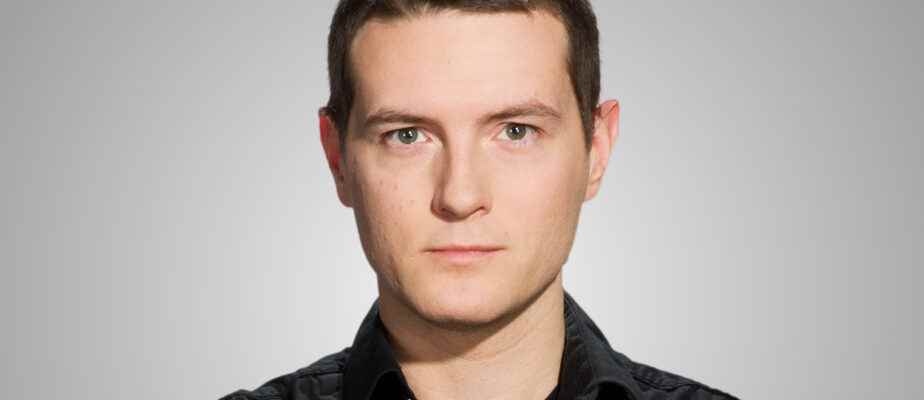Find the mistake. When winter is upon us, Montreal has 1,600 places to accommodate homeless people.
Posted at 5:00 a.m.
In 2018, a count had however identified 3,149 homeless people in the metropolis. As the exercise captures only the visible part of homelessness, we know that they were even more numerous.
Since then, the pandemic, inflation and the housing crisis have hit. So much so that everyone agrees that the number of homeless people has increased, perhaps even dramatically.
Of how much ? A new count was taken last month. Unfortunately, the results won’t be known until next year. The National Institute of Public Health of Quebec, which leads the project, wants to draw statistics and fine analyzes. Very good. But it would have been practical to have a figure more quickly to align resources with needs.
This increase is compounded by two phenomena. First, there is a sharp upsurge in asylum seekers crossing at Roxham Road. September was a record month with 3650 interceptions and there is no indication that the trend is easing.
Then, over the past few months, Mexicans have been arriving by the thousands at Montreal-Trudeau airport to also seek asylum.
These people, whom we have to welcome humanely, put additional pressure on housing and resources.
Asylum seekers are provided with temporary accommodation. Some of them (about 1,200) are supported by the provincial authorities through the regional program for the reception and integration of asylum seekers (PRAIDA). The lodging of the others is managed by the federal government, which lodges them in hotels. The federal government has no “ceiling” and says it responds to demand. No migrant is thrown out of their temporary accommodation.
But in the longer term, we know that some migrants find themselves in a precarious situation. Last week, Radio-Canada published a report entitled “Homelessness threatens Roxham Road migrants”. We learned that the community organizations that offer emergency accommodation to newcomers are overwhelmed.
” It’s crazy. We must refuse single men, women, families, ”confirms Kicha Estimée, director of the Latraverse center.
“Organizations are reporting a greater presence of asylum seekers in shelters and on the street,” also notes Centraide.
The math is therefore formal: the number of homeless people in Montreal exceeds the number of places to accommodate them, and signs indicate that the pressure is mounting. Will the authorities be ready to react if capacity is exceeded?
Impossible to know. The City of Montreal and Quebec, via the CIUSSS du Centre-Sud-de-l’Île-de-Montréal, are passing the buck on this subject. It’s anything but reassuring.
We will say that not all homeless people want to go to a shelter. It’s true. But this may be partly because the accommodation offered is not suitable for everyone. One has to wonder what the hundreds, if not the thousands, of them are doing who do not have a bed.
It is also true that the current 1600 places are, in a way, a victory. Until last year, the issue of homelessness was managed on a seasonal basis.
Hundreds of emergency places were created in the winter and then dismantled. As if homelessness were a winter phenomenon like ice fishing.
For the first time, the 1600 places offered last winter have been made permanent. It is to be welcomed. But given the rapidly changing realities, we must reassess whether they are sufficient and adapted to needs.
Our proverbial social safety net is made up of multiple layers. Those who slide into homelessness have fallen through several holes. In the long term, the fight against homelessness is complex and therefore requires patching up these holes, better mental health services, addiction assistance, affordable housing measures, reception and integration of immigrants.
But in the short term, offering a roof to those who don’t have one is the very last net we can stretch out to them. Let’s make sure he doesn’t get a hole too.
